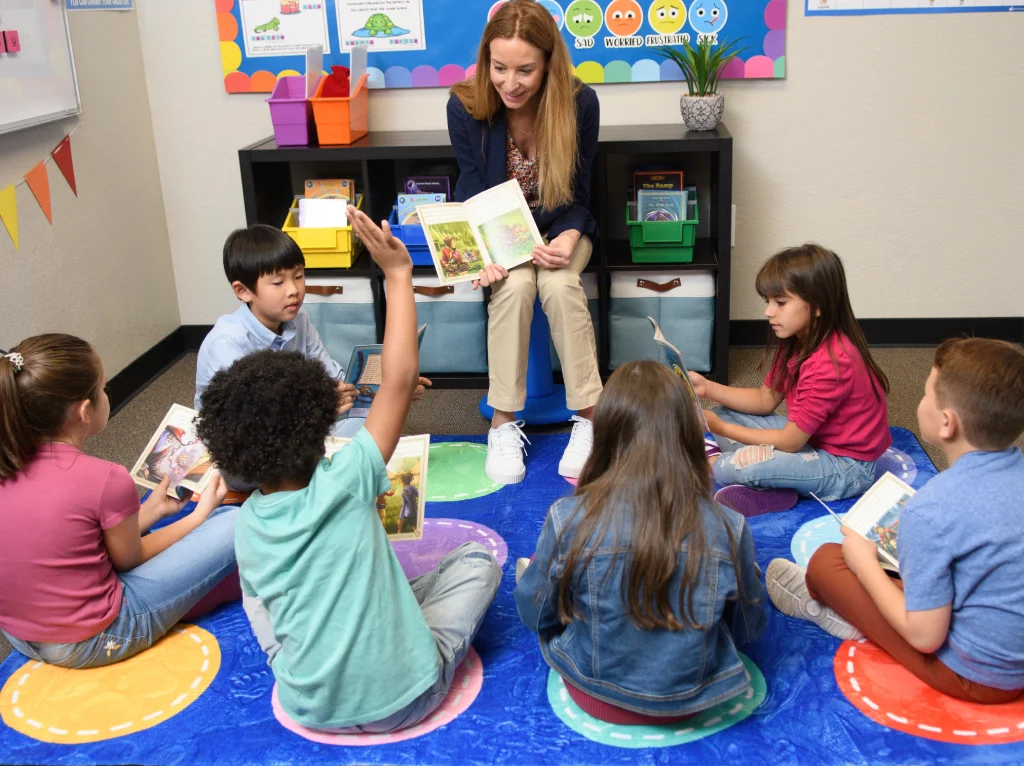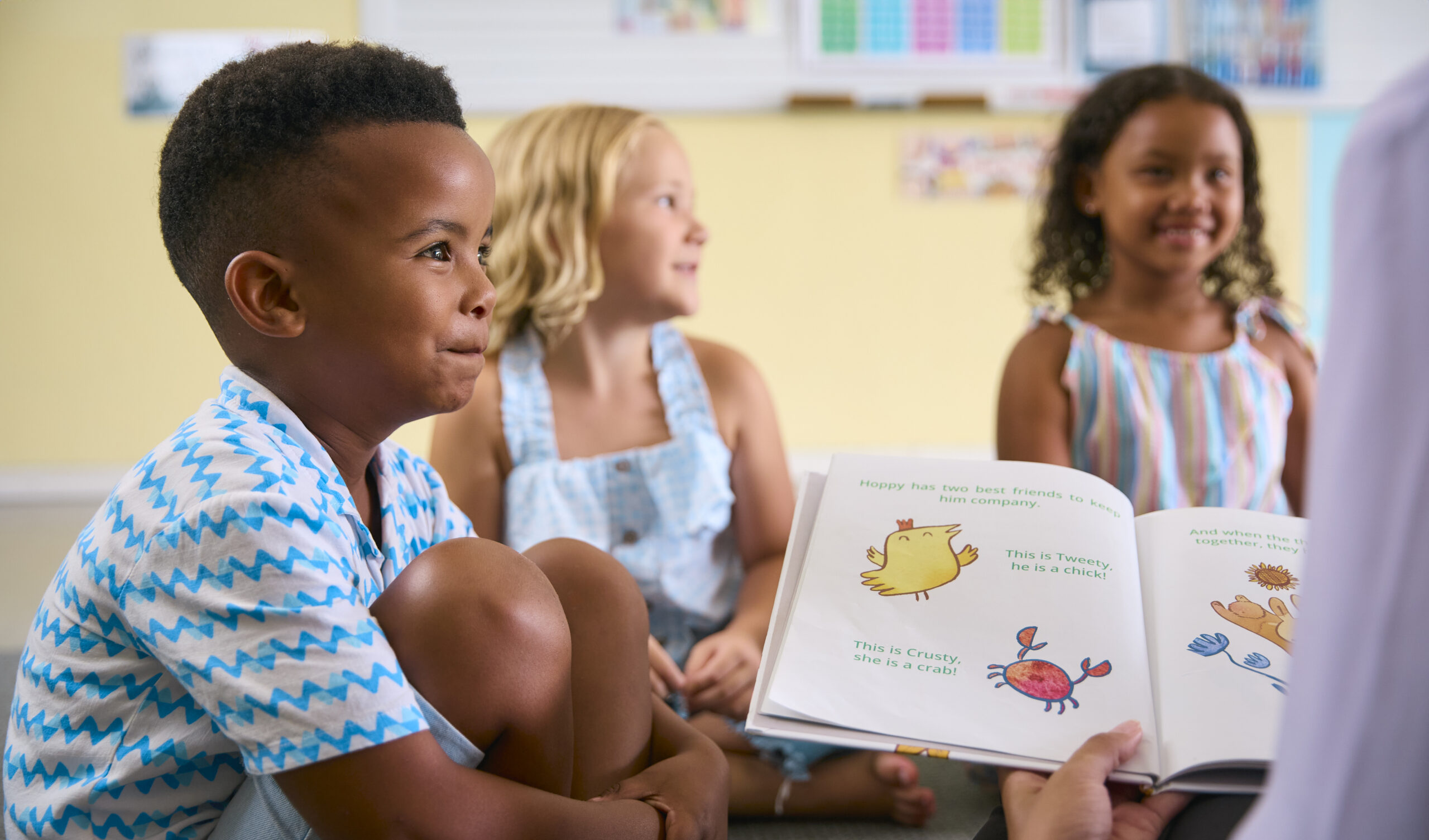When it comes to learning to read, there’s no one-size-fits-all solution. Every student processes language differently, and for those with learning differences like dyslexia or ADHD, traditional reading instruction can feel like trying to run a race with shoes tied together. That’s where tailored, evidence-based reading strategies come into play—strategies that recognize the unique strengths and challenges of each learner.
At PDX Reading Specialist, we believe every child can become a confident, capable reader. But the path they take might look a little different than what’s traditionally expected. In this blog, we’ll explore which reading strategies actually work for students with learning differences, how they can be implemented effectively, and why they make such a big impact.
Understanding Learning Differences in Reading
Learning differences affect how students take in, process, retain, and express information. These differences are not a reflection of intelligence, but rather of neurological diversity. While one student may struggle with sounding out words, another may find it difficult to stay focused long enough to comprehend what they read.
Some of the most common learning differences that affect reading include:
- Dyslexia – Affects decoding, spelling, and word recognition.
- ADHD – Impacts attention, impulse control, and task persistence.
- Auditory Processing Disorder – Makes it hard to distinguish sounds and spoken language.
- Working Memory Deficits – Affects a student’s ability to hold and manipulate information while reading.
- Executive Function Challenges – Make planning, organizing, and self-monitoring more difficult.
These differences demand instruction that goes beyond phonics drills and leveled readers. Students need adaptive, engaging, and research-backed strategies tailored to their individual profiles.

1. Multisensory Instruction: Engaging More Than One Sense
Why it works:
Multisensory instruction taps into the brain’s natural learning pathways by engaging multiple senses at once—typically sight, sound, touch, and movement. This is especially powerful for students who struggle with traditional auditory or visual instruction alone.
Key features:
- Uses tools like sand trays, letter tiles, or textured flashcards.
- Encourages students to see, say, hear, and write simultaneously.
- Reinforces connections between letters and sounds using tactile feedback.
How to implement:
- Orton-Gillingham-based programs are the gold standard in this area.
- Have students trace letters while saying their sounds.
- Use color-coded word parts to teach syllable types or morphology.
Who it helps:
Students with dyslexia, processing delays, and attention deficits.
2. Phonemic Awareness: The Cornerstone of Reading
Why it matters:
Phonemic awareness is the ability to hear and manipulate individual sounds in words. It’s a prerequisite for phonics and one of the most reliable predictors of reading success. Yet many students with learning differences lack this core skill.
Activities that help:
- Sound isolation: Identifying the first, middle, or last sound in a word.
- Sound blending: Putting together sounds to form a word.
- Sound deletion and substitution: “Say ‘cat’ without the /k/ sound.”
Tips for success:
- Keep it auditory—don’t rely on print.
- Use manipulatives like counters, Elkonin boxes, or tapping.
- Practice daily in short bursts (5–10 minutes can go a long way).
Who it helps:
Emergent readers, students with dyslexia, and English language learners.
3. Explicit, Systematic Phonics Instruction
Why it works:
Students with learning differences benefit from clear, consistent instruction in the rules and patterns of language. Explicit phonics instruction ensures no gaps are left unaddressed.
What it looks like:
- Structured scope and sequence (e.g., consonant blends → digraphs → vowel teams).
- Direct teaching of spelling rules and syllable types.
- Practice with decodable texts that match the skills taught.
Recommended programs:
- Wilson Reading System
- Barton Reading & Spelling
- SPIRE
Who it helps:
Students who have difficulty with decoding, spelling, and fluency.
4. Comprehension Strategies that Build Meaning
Why it matters:
Even if a student can read the words, comprehension may still lag behind. This can stem from working memory issues, attention challenges, or difficulty making inferences. That’s why we need to teach comprehension just like we teach decoding.
Top comprehension strategies:
- Think-alouds: Model your internal thinking as you read aloud.
- Reciprocal Teaching: Teach students to summarize, question, clarify, and predict.
- Graphic Organizers: Use story maps, Venn diagrams, and cause-effect charts.
- Chunking: Break down passages into smaller, digestible parts.
Who it helps:
Students with ADHD, executive functioning difficulties, and language-based learning disabilities.
5. Assistive Technology: Tools That Empower
Why it works:
Assistive technology doesn’t replace instruction—it enhances access and independence. These tools can help students decode text, follow along with audio, and stay engaged.
Popular tools include:
- Text-to-speech software (NaturalReader, Snap&Read)
- Audiobooks (Bookshare, Learning Ally)
- Reading pens (Scan and read aloud printed text)
- Digital graphic organizers (MindMeister, Kidspiration)
Benefits:
- Reduces cognitive load
- Increases access to grade-level material
- Boosts confidence and motivation
Who it helps:
Students with dyslexia, visual impairments, or reading fatigue.
6. Repetition, Routines, and Review
Why it works:
Students with learning differences often need more exposure and repetition to achieve mastery. Consistency builds familiarity, and routines reduce cognitive stress.
How to integrate:
- Use consistent warm-up routines (e.g., phoneme drills, sight word review).
- Spiral back to previously taught material often.
- Celebrate small wins to boost motivation.
Practical tip:
Don’t rush to cover content. Go deep, not wide. Mastery matters more than moving forward.
7. Collaboration is Key: Parents, Teachers, and Specialists United
Why it works:
No one knows a child better than their support team. When parents, educators, and reading specialists communicate regularly, students receive consistent support across environments.
Ways to foster collaboration:
- Share progress updates and strategy suggestions across home and school.
- Align home practice with school goals (e.g., use the same phonics games or apps).
- Advocate for thorough, individualized IEPs or 504 Plans.
PDX Reading Specialist Tip:
We work closely with families and schools to design learning plans that reflect each student’s needs and ensure follow-through in all settings.

What Sets PDX Reading Specialist Apart?
At PDX Reading Specialist, we go beyond cookie-cutter approaches. Our team of highly trained educators:
✅ Uses science-backed reading interventions rooted in multisensory instruction
✅ Customizes strategies to fit each learner’s needs and pace
✅ Collaborates with families and schools for seamless support
✅ Provides access to vetted tools and assistive technology recommendations
✅ Offers compassionate, patient, one-on-one instruction that builds trust
Whether your child has been recently diagnosed with a learning difference, is showing signs of reading difficulty, or simply needs an extra boost, we’re here to help.
Success Looks Different for Everyone—Let’s Find Your Child’s Path
Every child deserves to feel confident when they open a book. For students with learning differences, finding the right strategy can make all the difference between frustration and flourishing.
By embracing multisensory techniques, using assistive technology, and focusing on explicit, structured instruction, we can unlock the joy of reading for all learners.
Ready to Support Your Struggling Reader?
If you’re looking for personalized literacy tools and effective reading solutions for your child, reach out to us today.
Contact PDX Reading Specialist to schedule a consultation or learn more about our programs.
Together, we can create a reading plan that meets your child where they are—and gets them where they’re meant to be.


